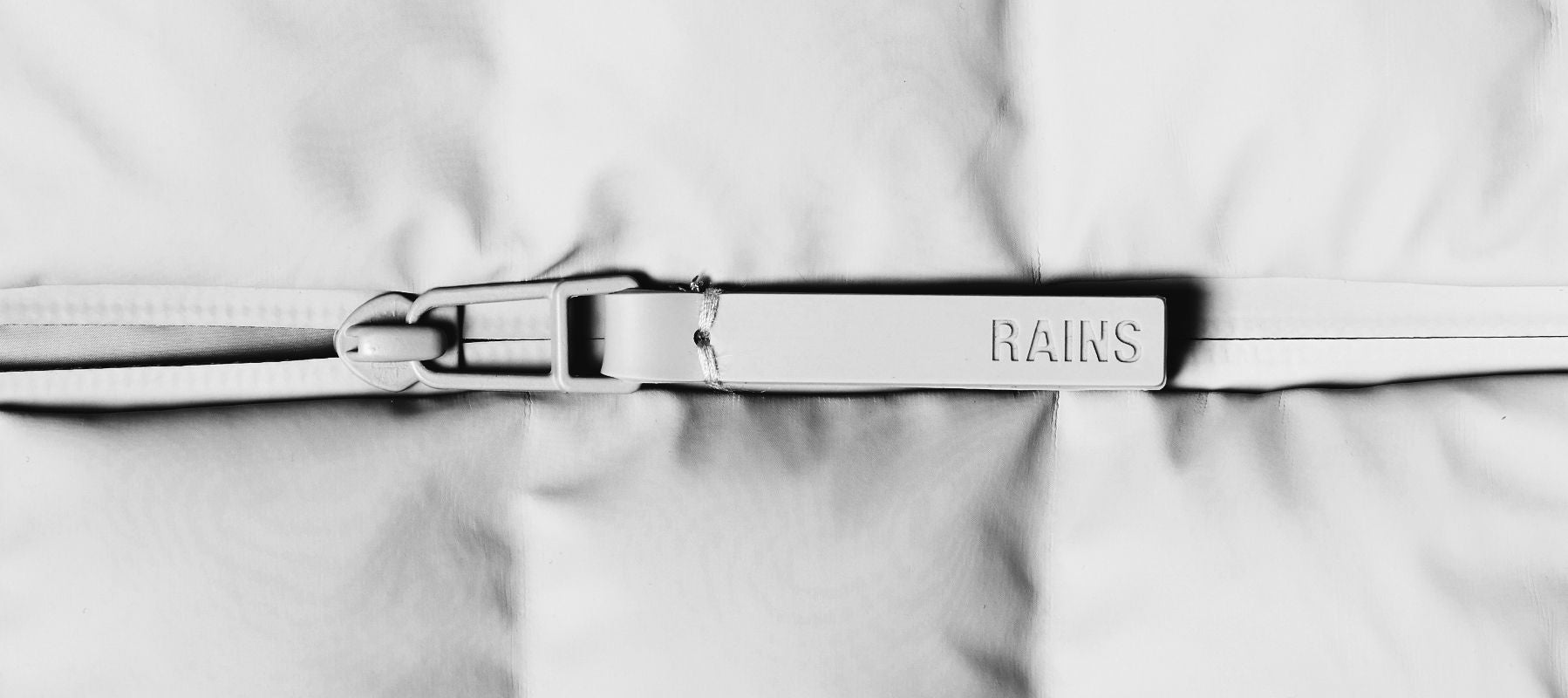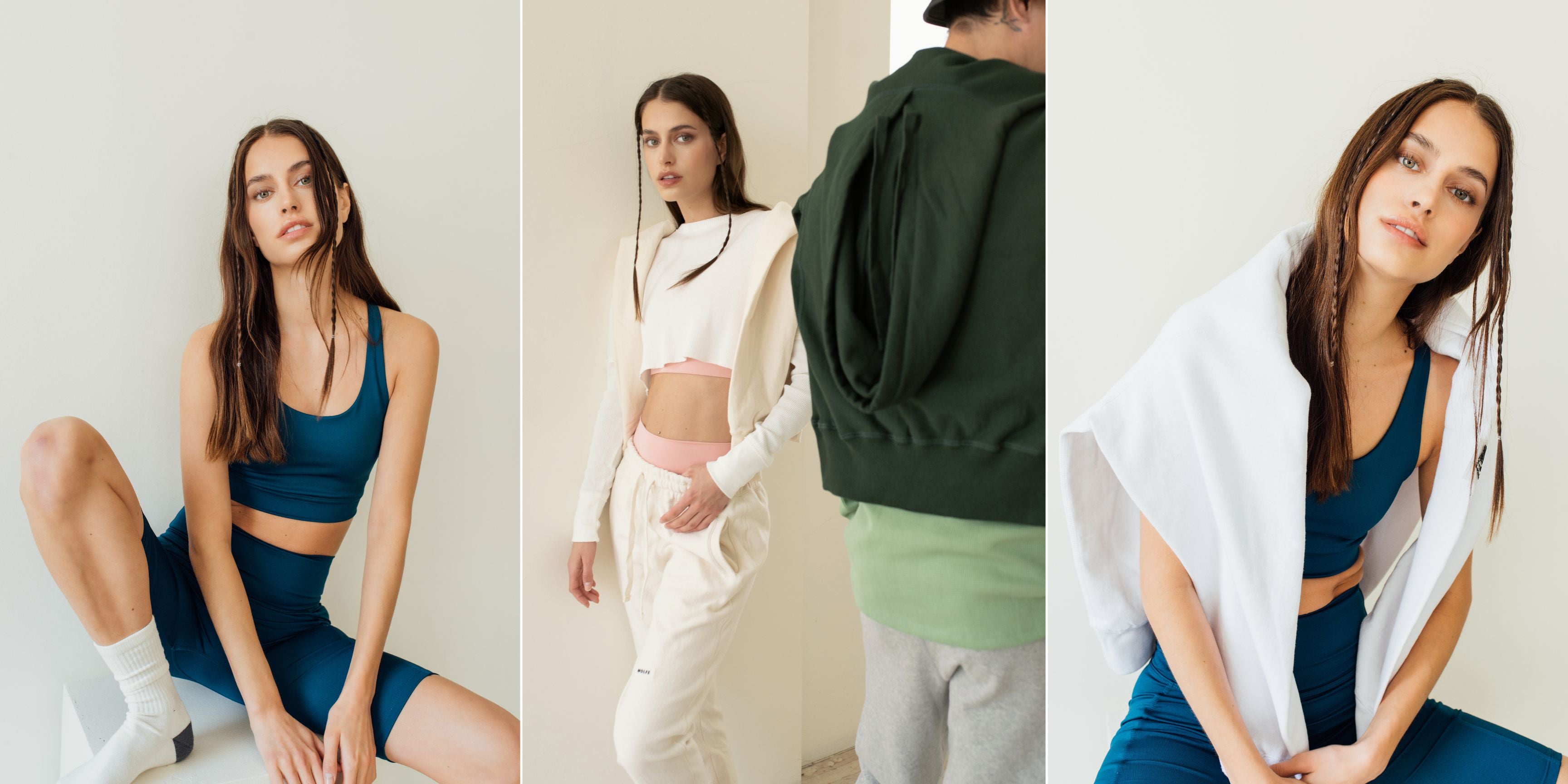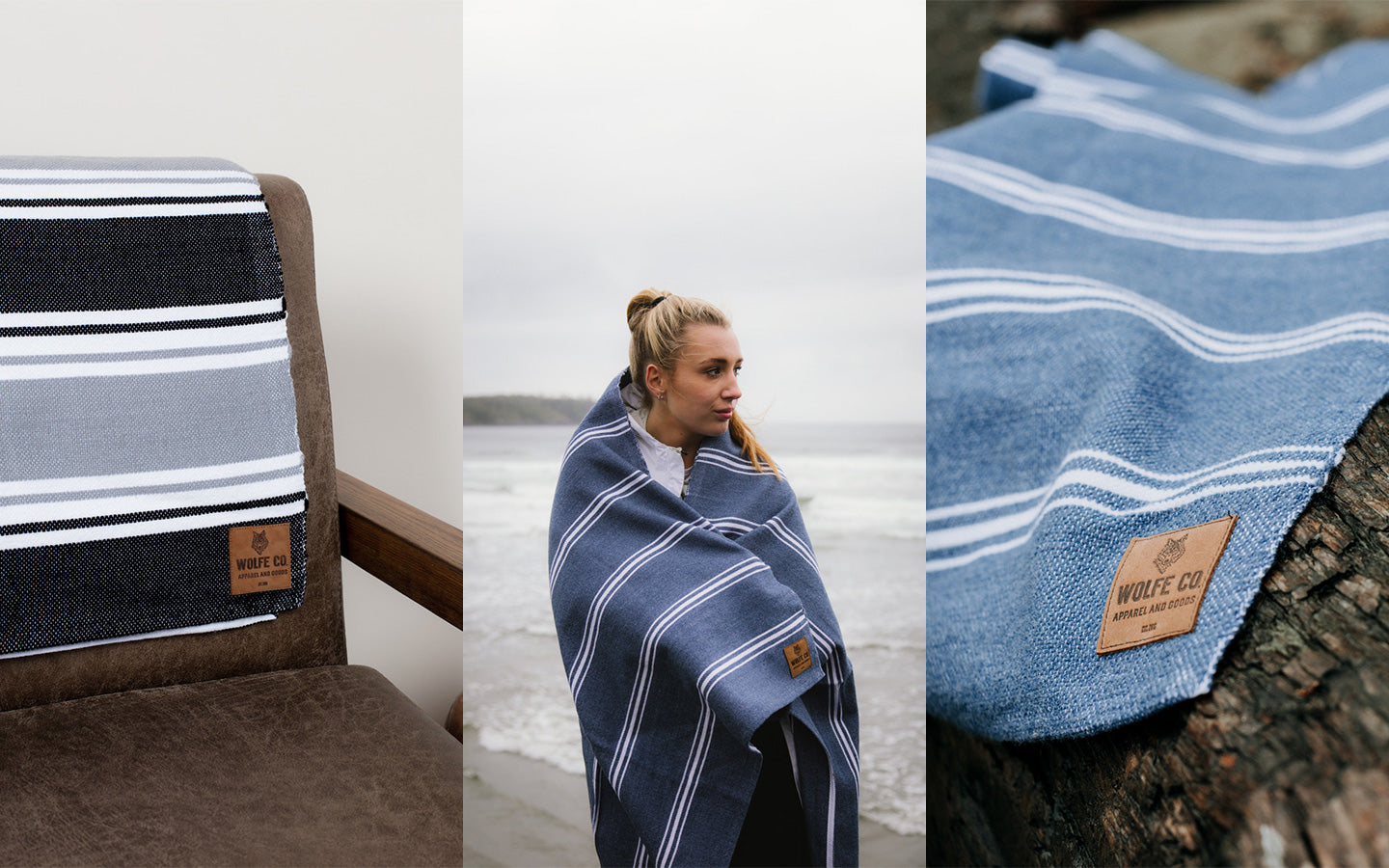
How Does Waterproof Gear Work?
Dressing for inclement weather is one tricky beast but gone are the days of gaudy, impractical wet clothes thanks to modern advances in waterproof/breathable technology, also known as WPB. WPB clothing has come a long way from its early beginnings when the popular fabric manufacturer GORE-TEX introduced laminate technology in 1978.
Ever since, dozens of advances have been introduced to the market, such as eVent and Polartec, for example. Regardless of the name, all WPB fabrics are engineered to offer three main solutions:
- Repel rain and withstand moisture to keep you and your clothing layers dry.
- Guide perspiration vapours out to keep an optimal body temperature inside and let sweat moisture escape.
- Provide wind protection.
Canadians know a thing or two about rainwear. One in three of the country’s large cities receive a meter or more of rain and snow per year, so a sleek weatherproof collection is sorely needed.
Here’s how waterproof technology keeps you rain-free.
But first, what’s the difference between waterproof and water-resistant?
Waterproof clothing is impermeable to water, no matter how much time you spend under the rain. If you’re planning any activity that gets your limbs and lungs pumping, look for WPB performance rainwear as it will keep rain from getting inside and direct sweat moisture out.
On the other hand, water-resistant clothing can handle light rain and repel the effects of water for a brief period of time. After lengthy exposure, or a certain amount of pressure, water will either soak the item or seep through.
Waterproof gear will also protect you from wind chill. In almost every case, a jacket that meets a waterproof test standard will also pass a test for being windproof, which makes sense when you consider that a barrier designed to block driving rain would also block the wind that’s pushing the rain.
How Waterproof Technology Works
Modern waterproof clothing has grown more advanced and complex throughout the years. Often made up of multiple layers, waterproof fabrics are most commonly composed of:
- Outer Layer or Face Fabric. This outer layer, most commonly in nylon or polyester, stands up to abrasion and is designed to repel, protect and look good. While this layer is not waterproof, it's treated with a durable water repellent (DWR) to bead water.
- Membrane Layer. This is the key component of rainwear as its job is to keep water out and allow water vapor to escape. Usually made with Teflon (ePTFE) or Polyurethane (PU).
- Tri-coat Mesh. Much like wallpaper is applied to a wall, this mesh is bonded to the underside to create robust 3-layer performance garments. Casual rainwear on the other hand often has a 2-layer construction and is favored for urban and travel settings.
What To Look For In Waterproof Gear
Since no one’s particularly fond of being caught in a downpour, the first thing to do when choosing a waterproof jacket is to decide what features matter the most to you. While the technology in the fabric plays an important role in rainwear, there are other noteworthy construction details that are also good to consider.
1. Weather shells
Weather shells refer to the fabric makeup of weatherproof clothing, which helps choose the best weather-protection option whether you need one for your next hiking trip or just the daily commute.
For instance hard shell WPB jackets are stiffer and more resistant than the classic soft shell version, but the tradeoff for lesser protection from rain, wind and cold is greater breathability. A hybrid soft/hard-shell combo is more durable on its outer face, while insulated shells are typically filled with down or synthetic fill for warmth.
2. Technology materials
Let’s take a look at the classic Rains Jacket. Modern, comfortable and lightweight, this waterproof jacket is made of polyester backed with a flexible, fluorinate-free polyurethane (PU) coating to guarantee air permeability and water vapor transmission, while Its ultrasonic welding ensures lasting quality. PU-coating is also significantly more eco-friendly than other disrupting alternatives like PVC and DWR-PFC.
3. Hardware, pockets, and movement
Jackets are generally loaded with zippers, from the front opening to pockets to pit zips. Coated zippers protect any tiny openings along the zipper track. Stainless-steel is also the most environmentally friendly metal as it is corrosion-resistant, highly durable, and has the benefit of being nickel-free.
In the Rains Long Jacket you'll find thoughtful details like pocket closures to ensure nothing inside gets wet, wrist snaps for adjustability, and elbow pleats for improved, free movement.
4. Hood and hem design
In order to adjust the size of the opening, most hoods have brims and adjustments on the sides and back. Jackets without these adjustments are designed for casual wear. Jackets may also include zip-off hoods or hoods that roll up and stow in the collar when not in use.
The Rains Fishtail Parkahas a brimmed drawstring hood to protect you from water and wind. Its sloping fishtail hem with drawstring will direct the sweat to the lower back of the jacket to keep you dry.
5. Packability
There's a lot of value in the insurance a lightweight, packable rain gear provides. Go for ultralight, non bulky waterproof clothing that weighs little and packs small to take with you anywhere you go.
Some rain jackets feature a chest or hand pocket with a double-sided zipper to stuff it into. However, if a jacket is truly lightweight it’ll be easy to scrunch or fold up in the last cranny of your backpack, which still counts as packable.



Leave a comment
This site is protected by hCaptcha and the hCaptcha Privacy Policy and Terms of Service apply.